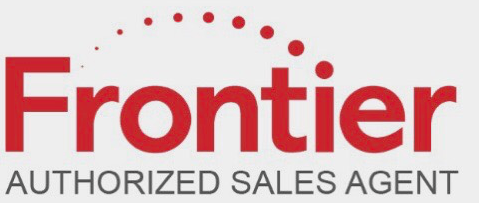Charter Spectrum

(844) 273-1634
- PRICE RANGE $44.99 to $69.99 / mo.
- TECHNOLOGY Cable
- SPEED RANGE (DOWNLOAD) 30 mbps to 940 mbps
- SPEED RANGE (UPLOAD) --
Charter Spectrum OVERVIEW
Charter Communications offers broadband Internet, TV, and phone service to consumers via their hybrid fiber coaxial (HFC) network.
Charter Spectrum TECHNOLOGY
Charter Communications offers broadband Internet, TV, and phone service to consumers via their hybrid fiber coaxial (HFC) network.
Hybrid Fiber Coaxial is a broadband infrastructure that uses fiber optic cables as it’s backbone, only resorting to slower coaxial cables for the “last mile” between customer residences and a local “optical node.”
The optical node translates optic signals into electric signals, which are generally distributed via existing cable TV networks. A node may serve anywhere from 50-2,000 homes in an area.
This type of connection is widely called a “cable” internet connection due to the use of coaxial cable, which was historically used to offer “cable TV.”
Charter Spectrum RATINGS AND REVIEWS


50.8% recommendation rating according to 48,673 verified Spectrum users.
Frontier Communications

(844) 319-1347
- PRICE RANGE $24.99 to $35 / mo.
- TECHNOLOGY DSL
- SPEED RANGE (DOWNLOAD) 12 mbps to 100 mbps
- SPEED RANGE (UPLOAD) Up to 100 mbps
Frontier Communications OVERVIEW
Frontier offers broadband internet, TV, and phone services through DSL and fiber-to-the-home (FTTH) connections.
Frontier Communications TECHNOLOGY
Frontier offers broadband internet, TV, and phone services through DSL and fiber-to-the-home (FTTH) connections.
Frontier’s DSL offerings leverage the company’s existing phone infrastructure to deliver internet access anywhere with landline access. While DSL is an older technology and offers correspondingly slower bandwidth speeds, DSL is generally more cost effective than its alternatives.
Frontier’s fiber or fiber-to-the-home connections, on the other hand, deliver a fiber optic connection directly to homes and businesses. This direct fiber connection is considered state-of-the-art, creating the fastest connection speeds and lowest latency when compared to other technologies like DSL and traditional cable Internet.
Frontier Communications RATINGS AND REVIEWS



